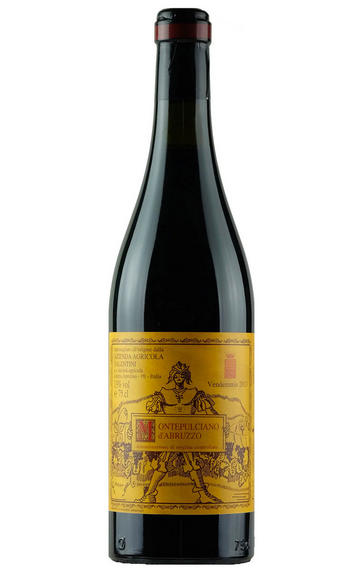
2010 Trebbiano d'Abruzzo, Valentini, Abruzzo, Italy
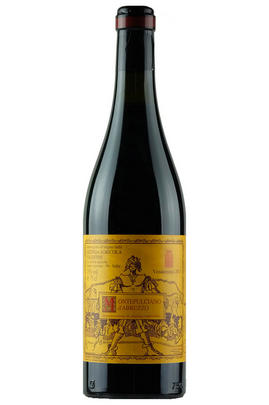
About this WINE
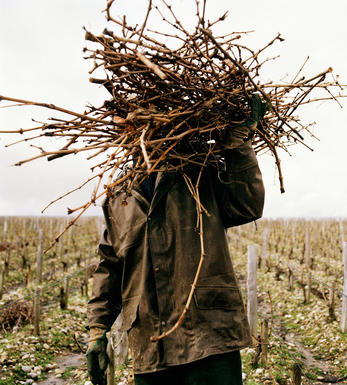
Valentini, Abruzzo
Valentini remains one of the oldest and greatest names in Italian viniculture; masters of traditional winemaking. The Valentini family is Spanish in origin, dating back to 1650, when the Bourbons ruled southern Italy and Abruzzo formed the northern limit of the Kingdom of the Two Sicilies. In 1868 Camillo Valentini was formerly recognised for the quality of his wines. However, as was common during the time, the estate was managed by a factor, not by a member of the family.
In the 1950s, Edoardo was the first Valentini to dedicate himself to the propriety until his death in 2006. His son Francesco Paolo Valentini has since taken over, aided by his (Hispanic) wife Elèna, and now son Gabriele. Located in the heart of the Colline Teramane DOCG zone of Abruzzo, at Loreto Aprutino, on sandy/ calcareous clay soils in sight of the Adriatic sea, the 60-hectare estate is divided between olive oil and grapes (Trebbiano d’Abruzzo and Montepulciano d’Abruzzo).
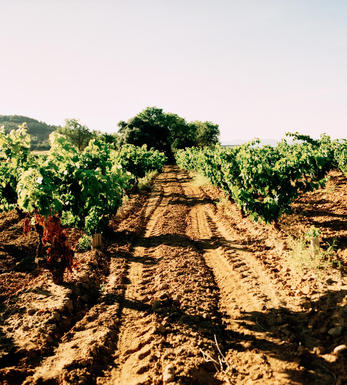
Abruzzo
Abruzzi (Abruzzo) is an eastern Italian province. Although it remains insignificant in terms of the fine wine market, it is important quantitatively, drawing most of its wine production from the Montepulciano d'Abruzzo grape.
Since 2003 there’s been a rash of new, grape growers-turned bottlers, spurred on by the region’s first DOCG Montepulciano d’Abruzzo Colline Teramane, but it’s clear that many lack the knowhow/heritage to do this professionally or they’re hiring in expensive consultants to fast-forward/pay off the bank loan, often ending up with boringly international, overly technical wines (while still keeping a large foot in the bulk market).
There is a definite move back to autochthonous grapes as producers grapple with climate change, believing, as others in Italy, that these grapes are better equipped to deal with the meteorological extremes. According to Valentini, the traditional high tendone/pergola abruzzese form of trellising seems better placed to cope with these hotter climes, shielding the fruit and supporting acidities (echoed in Valpolicella by Monte dei Ragni).
Black Montepulciano d’Abruzzo (aka Cordisco) is a ‘noble’ grape with a history back to 1793, whose origins lie in the Valle Peligna of the Apennines, to the town of Sulmona. Purple coloured, packed with flesh, low-medium tannins but inclined to give reduced gamey wines it’s the workhorse of the bulk wine industry, distributed as blending wine everywhere in Italy (and Europe?); the DOC can be blended with 15% other abruzzese grapes.
White Trebbiano d’Abruzzo dates back to 16th century but its identity is frequently confused with Trebbiano di Toscana, Trebbiano di Romagna and Trebbiano di Soave! DOC allows blending with 15% local white varieties (e.g. Chardonnay, Fiano, Bombino – from Puglia!) Mostly overcropped to give insipid ‘sweet water’ wines of low alcohol, light body, grassy almond notes, yet potentially very good if treated with respect, without irrigation and on VSP trellising.
Autochthonous white Passerina, Pecorino, Cococciola varieties have become fashionable, giving wines with more obvious personality at high yields (than Trebbiano). Cerasuolo d’Abruzzo rosato is making a comeback too. From being the wine the pescatori (fishermen) it has since become a more serious proposition, probably due to its production from salasso/saignee/bleeding the MdA vats giving wines with greater body and abv%. It may prove to be the perfect ‘rosato’ in future, ideal wine style for any Asian dish.
David Berry Green, Wine Buyer
Recomended Producers: Col del Mondo, Cirelli, Faraone, Valentini
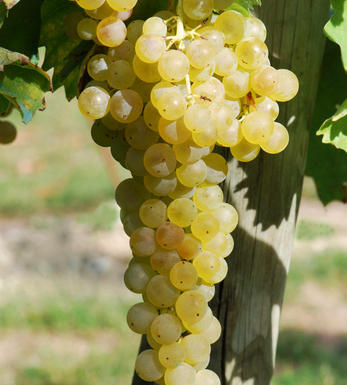
Trebbiano d'Abruzzo
Trebbiano is a high yielding white wine grape variety, originated in the South-Eastern Mediterranean. Italy still has extensive plantings of the grape (it accounts for over half of the white wines in the country, with diminishing importance in the recent years).
It is also found in France, where it is known by the name of Ugni Blanc as a major component in Armagnac and Cognac that benefit from its high acidity and subtle flavours.
Trebbiano’s received some poor press over the years being responsible perhaps for too many anodyne Italian whites (and red blends!). However, a new broom across the country has been sweeping away the poorer clones and practices in favour of something far more respectable, such as the examples produced by Monte del Frà


Buying options
Add to wishlist
Description
Making its debut is Francesco Valentini’s staggeringly good Trebbiano d’Abruzzo, from the stunning 2010 vintage. What pace, precision, and complexity: the nose thrills with lime fruit, herbal artemisia, saline salmastro and citrus zest, all tightly and exquisitely packed. It’s so racy, the product of old pergola vines from the white, fine tilth soils of the Colline Teramane zone, prized for Trebbiano (or Bombino Bianco if you’re Puglian), that spent a week macerating on its skin before nine months’ ageing in 40 hecarlitre old chestnut and oak barrels, plus two years in bottle. It’s so composed, so alive, with sapid citronelle notes, perfect pitch, Riesling-esque energy and crunch. Pulsating. The vinous equivalent of the Caol’Ila single Islay malt whisky?
David Berry Green
wine at a glance
Delivery and quality guarantee